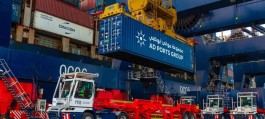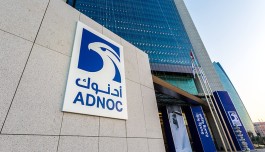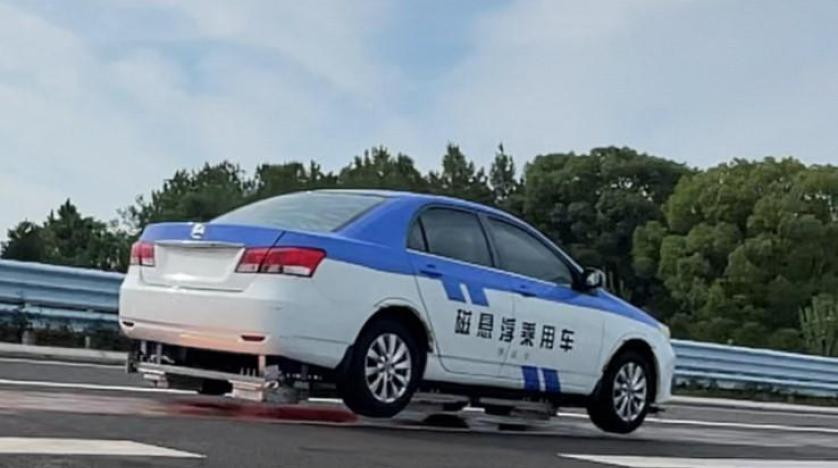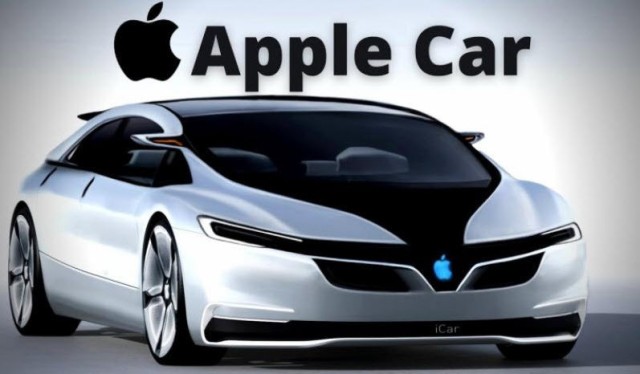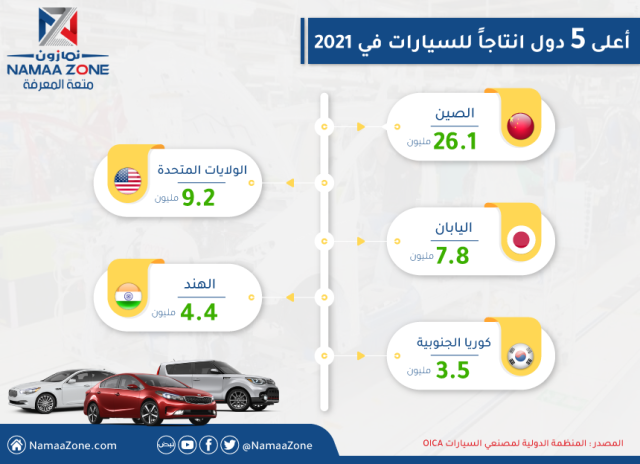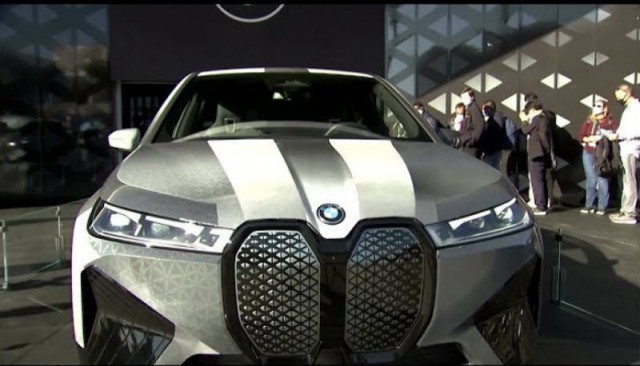Chinese researchers have conducted tests of modified cars that use magnetic force to rise about 35 mm over a railway.
According to Arab Net, researchers at Southwest Jiaotong University in Chengdu, Sichuan Province, equipped sedans with powerful magnets on the car floors, allowing the cars to soar over a railway strip about 5 miles long.
Eight cars were tested in total, and one of the cars reached a speed of nearly 143 mph or 240 km/h, according to the report carried by CNBC.
A video posted by a Chinese journalist on Twitter shows the vehicles floating along the path, while the Xinhua news agency said government transportation authorities had conducted the tests to study safety measures for high-speed driving, but Deng Zigang, one of the university professors who developed the vehicles, told the state news agency that the use of magnetic levitation Passenger cars have the potential to reduce energy use and increase vehicle range.
This could be a solution to one of the electric car industry's biggest problems related to range, with some electric car owners worried that they won't be able to complete their trip because of the power outage.
Some commercial trains have used magnetic levitation, or maglev - which involves electrifying a magnetic field to propel or pull vehicles at high speeds - since the 1980s. Maglev trains are used by China, Japan and South Korea today. Last year, China launched a version of the maglev bullet train in Qingdao, Shandong Province, last year that can reach a top speed of 373 mph or more than 620 km/h.
In theory, the maglev technology allows it to travel at high speed without using as much power as a conventional engine's power due to the lack of friction. The technology has been proposed for hyperloop projects by The Boring, a subsidiary of billionaire Elon Musk, and Virgin Hyperloop One of British venture capitalist Richard Branson. As researchers have been exploring the potential of maglevs for more than a decade, Volkswagen designed a hovering concept car in 2012.
The idea remains difficult to implement, as building a network of electromagnetic highways would likely take years and a massive public investment in any country.






